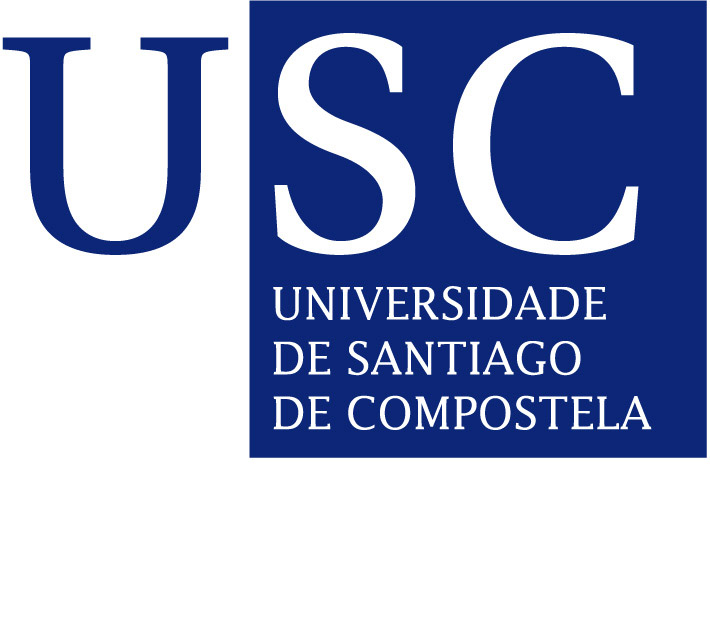 CiQUS PhD student Seila Leiras Fernández has defended today her Doctoral Thesis with International Mention, entitled “Control of the helicity and aggregation of poly(phenylacetilene)s”, at the Faculty of Chemittry of the University of Santiago de Compostela.
CiQUS PhD student Seila Leiras Fernández has defended today her Doctoral Thesis with International Mention, entitled “Control of the helicity and aggregation of poly(phenylacetilene)s”, at the Faculty of Chemittry of the University of Santiago de Compostela.
Professor Emilio Quiñoá Cabana and Dr. Félix Freire Iribarne, both CiQUS researchers at the NanoBioMol Group, have supervised her work. This group, working on stimuli-responsive helical polymers, is pioneer on the synthesis of new chiral nanostructures following bottom-up approaches through chemical methods in solution.
The design, synthesis and applications of helical polymers with a controlled helix sense have become a field of major interest in recent years. Poly(phenylacetylene)s (PPAs) posses a dynamic helical structure that can be defined by two properties: the helical sense (clockwise and anticlockwise, P/M) and the elongation of the polyene backbone (stretched/compressed).
Both structural parameters can be easily manipulated after the PPA synthesis by using external stimuli. Due to this feature, poly(phenylacetylene)s are interesting macromolecules for sensing purposes, among other applications.
In her dissertation, Seila Leiras presented the design, synthesis and structural determination of a series of PPA. Moreover, this Thesis encloses the study of the aggregation and sensing properties of the prepared PPAs.

Figure: Structure of the stereocomplex. (a) Side view of the stereocomplex dimer model (3.5 nm width) and the corresponding AFM image showing fibers (≈3.7 nm width). (b) Side view of the stereocomplex trimer model (4.9 nm width) and the corresponding AFM image showing fibers (≈4.8 nm width). (c) Side view of the stereocomplex pentamer model (5.0 nm diameter) and the corresponding AFM image showing fibers (≈5.0 nm diameter). (d) Conceptual representation of the stereocomplex fiber formation between complementary helices and the AFM image showing stereocomplex fiber aggregates. (e) Images showing the soft gel structure at microscopic (SEM image) and macroscopic levels (stereocomplex solution in THF, concentration = 25 mg mL−1).


